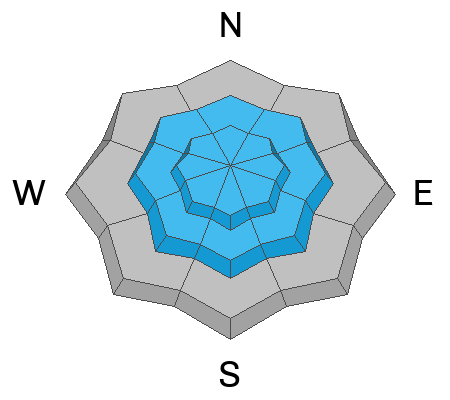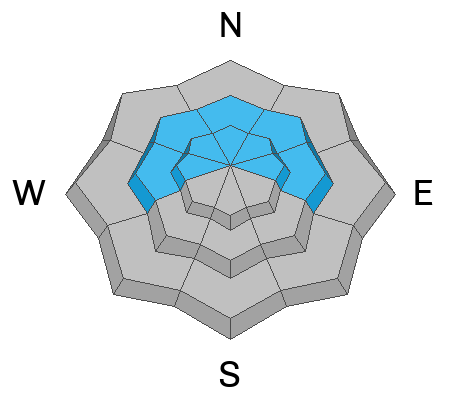Forecast for the Salt Lake Area Mountains

Issued by Greg Gagne on
Friday morning, February 16, 2024
Friday morning, February 16, 2024
The avalanche danger is CONSIDERABLE on all aspects at the mid and upper elevations that have soft slabs of recent or fresh wind-drifted snow. Slopes that aren't wind-loaded and slopes at low elevations have a MODERATE danger.
With increasing winds and periods of heavy snowfall possible, the avalanche danger may rise this afternoon, including possible natural avalanches.
Riding conditions will be superb on lower-angled slopes that aren't wind-affected.

Low
Moderate
Considerable
High
Extreme
Learn how to read the forecast here






